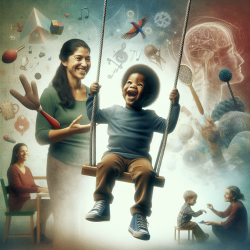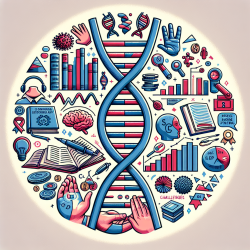Recent research titled Vestibular Stimulation May Drive Multisensory Processing: Principles for Targeted Sensorimotor Therapy (TSMT) offers groundbreaking insights into how vestibular stimulation can significantly enhance multisensory and sensorimotor integration. As a practitioner focused on creating optimal outcomes for children, implementing these research findings can be transformative.
At birth, the vestibular system is fully mature, providing continuous gravitational sensory input that affects the entire brain. This early vestibular input is crucial for developing a three-dimensional spatial representation of the environment, which forms the basis for postural and motor coordination, fine motor control, and visual processing.
Key takeaways from the research include:
- Multisensory Integration (MSI): The process of combining sensory information from different modalities to create a coherent perceptual experience. This is crucial for resolving sensory ambiguities and optimizing behavior in noisy environments.
- Bayesian Decision Theory: The brain uses statistical inference to decode environmental regularities, enhancing the precision of sensory inputs and optimizing prediction errors.
- Role of the Vestibular System: Provides continuous input that helps stabilize gaze and posture, crucial for tasks like reading and arithmetic.
Targeted Sensorimotor Therapy (TSMT) leverages these principles to facilitate sensorimotor integration and improve attention. TSMT involves 8-week treatment regimens that gradually increase vestibular and postural stimulation, aiding in muscle strength and sensory-motor integration.
For practitioners, here are actionable steps to implement these findings:
- Incorporate Vestibular Stimulation: Use tools like balance boards and fitness balls to provide both passive and active vestibular exercises.
- Utilize Rhythmic and Multisensory Inputs: Combine auditory, visual, and motor tasks to enhance MSI and attention.
- Monitor Progress: Use assessments like the Condition and Movement Test (CMT) to track improvements in neurophysiological maturity.
By integrating these research-based strategies into your practice, you can significantly enhance the developmental outcomes for children. To read the original research paper, please follow this link: Vestibular Stimulation May Drive Multisensory Processing: Principles for Targeted Sensorimotor Therapy (TSMT).










